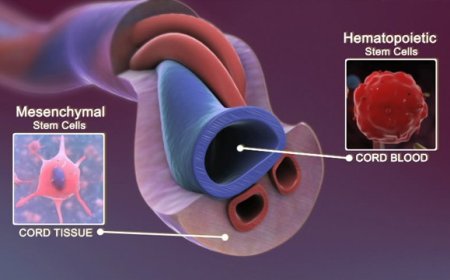Cluster Headaches

Introduction :
In this article, we will dive into the world of cluster headaches, a condition that affects some people in India. We'll uncover what cluster headaches are, their signs and symptoms, causes, risk factors, types, diagnostic tests, treatments, complications, and prevention techniques, all explained in simple language for our 10-year-old readers.
Signs and Symptoms:
Cluster headaches can be like an unwelcome guest in the head, causing intense pain. Some common signs and symptoms of cluster headaches include:
- Severe, piercing pain, often on one side of the head near the eye or temple.
- Red or watery eyes, along with a runny or stuffy nose.
- The pain coming and going in clusters, which can happen daily for weeks or months.
What is Cluster Headaches? :
Cluster headaches are a type of headache that comes in groups or clusters. It's like a sudden and intense storm of pain in the head.
How Are Cluster Headaches Classified? :
Cluster headaches are classified based on how often they occur and how long the clusters last. This helps doctors understand the pattern and intensity of the headaches.
Causes and Triggers:
The exact causes of cluster headaches are not fully understood, but some things can trigger them. For example:
- Changes in sleep patterns or not getting enough sleep can trigger a headache attack.
- Certain foods, like chocolates or processed meats, may also be triggers for some people.
Risk Factors with Examples:
Certain factors can increase the chances of a person having cluster headaches. For example:
- Men are more likely to have cluster headaches than women.
- People who smoke or are around others who smoke may have a higher risk.
Types of Cluster Headaches:
Cluster headaches don't have different types, but they can vary in their frequency and intensity from person to person.
Diagnostic Tests and Their Use:
To diagnose cluster headaches, doctors may ask questions about the headaches and do a physical examination. Some common tests include:
- MRI (Magnetic Resonance Imaging): This test uses powerful magnets and radio waves to create pictures of the brain, helping doctors rule out other possible causes of the headaches.
- CT Scan (Computed Tomography): This is another imaging test that can provide detailed pictures of the brain.
Treatments:
Treating cluster headaches aims to reduce the pain and make life more comfortable during the headache clusters. Some common treatments are:
- Pain Relief Medications: Doctors may prescribe medicine to relieve the pain during an attack.
- Oxygen Therapy: Inhaling pure oxygen can help ease the headache.
Complications of Cluster Headaches:
Cluster headaches can be extremely painful and disruptive to daily life, affecting a person's ability to work, study, or enjoy activities.
Prevention Techniques:
While cluster headaches may not always be preventable, some techniques can help manage and reduce their frequency. For example:
- Maintaining a regular sleep schedule and getting enough rest.
- Identifying and avoiding trigger foods or substances.
Remember, just like how we tackle challenges and overcome obstacles, those with cluster headaches can find support and relief through medical care and understanding. If you or someone you know experiences severe headaches, don't hesitate to seek help from a healthcare professional. Together, we can stand strong against cluster headaches and keep smiling through life's beautiful journey in India!
What's Your Reaction?
 Like
0
Like
0
 Dislike
0
Dislike
0
 Love
0
Love
0
 Funny
0
Funny
0
 Angry
0
Angry
0
 Sad
0
Sad
0
 Wow
0
Wow
0









































































